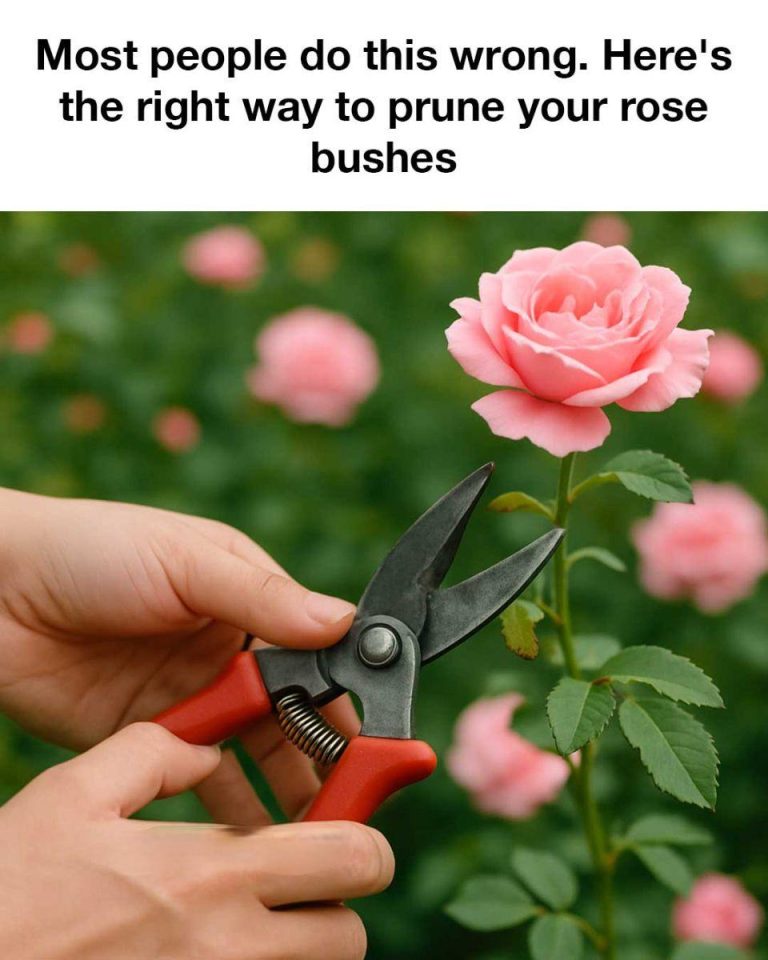The best time to prune roses depends on your climate and the type of rose you have. In general, late winter or early spring, just as the buds begin to swell, is the ideal time for most rose varieties. This timing allows you to remove any winter damage and shape the plant before new growth begins.
In warmer climates, you may need to prune earlier, while in colder areas, you might wait until the threat of frost has passed. Always check the specific needs of your rose variety, as some may have different requirements. For example, climbing roses are often pruned after their first bloom in late spring or early summer.
4. Essential Tools for Pruning Rose Bushes
Having the right tools is essential for effective pruning. A pair of sharp bypass pruning shears is a must-have for making clean cuts on small to medium-sized canes. For thicker canes, you may need loppers or a pruning saw. Ensure your tools are clean and sharp to prevent damage to the plant.
Gloves are also important to protect your hands from thorns. Look for gloves that are thorn-resistant and provide a good grip. A pair of long-handled loppers can also help you reach into the center of the bush without getting scratched. Finally, a small bottle of rubbing alcohol or a bleach solution is useful for sanitizing your tools between cuts to prevent the spread of disease.
5. How to Identify Dead or Diseased Wood
Identifying dead or diseased wood is a critical step in pruning. Dead wood is typically brown and dry, while healthy wood is green and moist just beneath the bark. To check, make a small scratch on the bark with your fingernail or a knife. If the wood underneath is brown, it’s dead.
Diseased wood may show signs of discoloration, cankers, or unusual growths. Look for black spots, powdery mildew, or other fungal infections. Remove any wood that shows signs of disease, cutting back to healthy tissue. Always dispose of diseased material away from your garden to prevent spreading.
Most people do this wrong. Here’s the right way to prune your rose bushes
